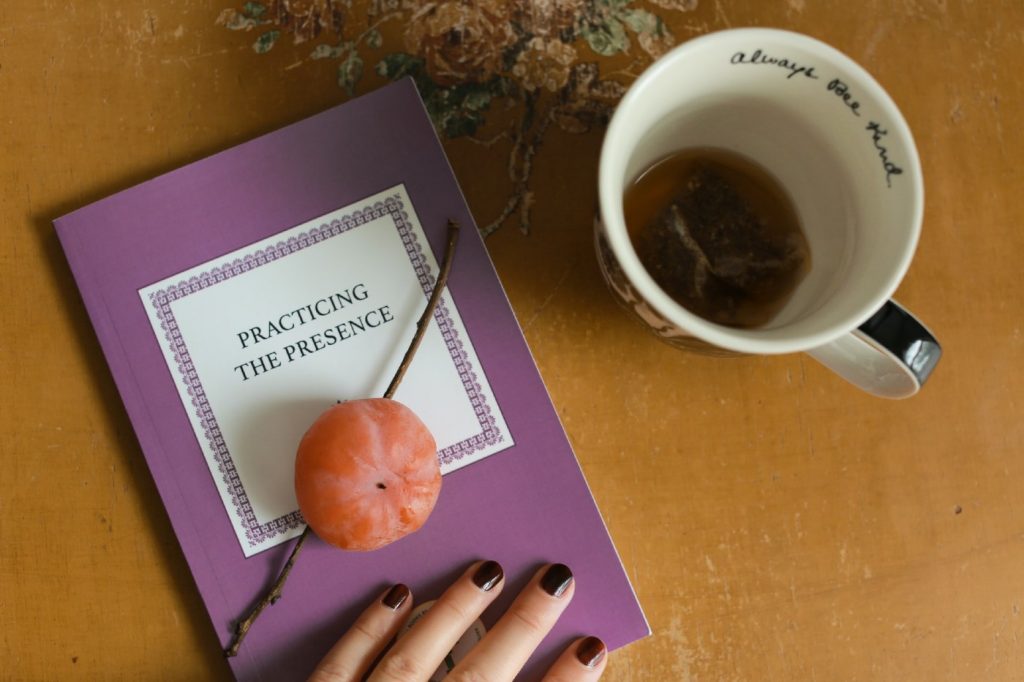Mindfulness can make a difference in your daily life; it can help you eliminate anxiety, feel stronger, and more in control – all things us special needs mamas need to address in spades! And the best thing about practicing mindfulness is that you don’t have to go on a week-long retreat to have the practice help you (although wouldn’t that be amazing too!). There are lots of quick and easy ways to incorporate mindfulness practices into your daily life.
What do we mean by mindfulness?
It’s quite the buzzword these days, but what do we really mean by mindfulness? Well, mindfulness can be described simply as being fully present in the moment. When you are practicing mindfulness, you bring your attention to yourself; your thoughts and feelings, and with an awareness of your physical body. Other ways of describing mindfulness include focusing on yourself, being present, or finding an understanding of your state of mind.
Mindfulness takes practice
Although the idea that we should pay attention to how we are feeling seems instinctive, actually doing it can be both tricky and strange. Mindfulness is a skill. And learning any new skill takes discipline. If you haven’t tried mindfulness practices before, there are some great resources online to help you. Finding five minutes to listen to a recording with some mindfulness techniques is a great way to get started.
Use your breath
If you’re not sure where to start with mindfulness, the easiest thing to do is just focus on your breath. Experience the air filling your lungs and then notice the sensation of the exhalation of that air. If you feel like you are becoming overwhelmed with thought, simply bring your attention to your breath for at least twenty rounds of inhales and exhales. You can extend this activity by timing the breaths, such as drawing in for four seconds, holding for four seconds, and releasing for four seconds.
Make up a mantra
A mantra is simply a word or phrase you can repeatedly speak or think to calm your mind and centre yourself. Mantras are used in some religions to help in prayer, but many people use them without any religious reference. By focusing on your chosen words, you can help yourself block out other, less helpful thoughts and feelings. You might choose something like:
- All is well
- Back to the breath
- I will care for myself as I care for my children
- Gratitude is my attitude
- May my heart be kind my mind fierce and my spirit brave
- I’m a warrior, not a worrier
- I will stay calm and carry on
Try stretching
You don’t have to be a yogi master to use stretching to help you during the course of the day. Each time you stand up from a chair, stretch your arms out long and wide. Try to notice if they feel stiff or tight. Bring your awareness to each of your fingers. If you’ve been at your desk for a long time, take a break, roll your shoulders and simply notice how the movement feels. If you’re sitting on the floor playing with your child, ask them to join you in a stretch that you can comfortably do together.
Savour the flavour
Mealtimes can be one of the most rushed and fraught times of the day. It’s often when arguments about food occur, and tensions can rise at dinner time when you all feel a bit worn out. Try to make the act of eating a ritual, either by yourself or with others. Instead of scoffing your food down as quickly as you can to get on with the next thing, take some time to pay attention. Notice the aromas and the flavours. You can even count the number of times you chew your food so that you are really conscious of the experience.
Stick it to them
I used to loathe it when people gave my kids stickers. They would end up everywhere. Everywhere. On the windows, the bed frame, the floor, the novel I was reading, the blazer I was wearing to work. Then I heard about a technique that involves using stickers for mindfulness, and I went and bought my very own packet of sticky coloured dots. The idea is that you place them around the home, and every time you see one, you bring your attention to how you are feeling at that moment.
Address negative feelings before they take over
As you practice being mindful, you will feel more aware of your feelings and mood. You will sense when an emotion like worry, fear, or anger is about to show up. The next step is to see if you can recognise the feelings but not act on them. Over time, will be able to identify the early signs of these emotions and gently direct them away or turn them into some other sensation.
As you become more accustomed to the practice of mindfulness, you will find more opportunities to connect with your thoughts and feelings. Mindfulness can help you feel more in control and in charge of your daily experiences.




